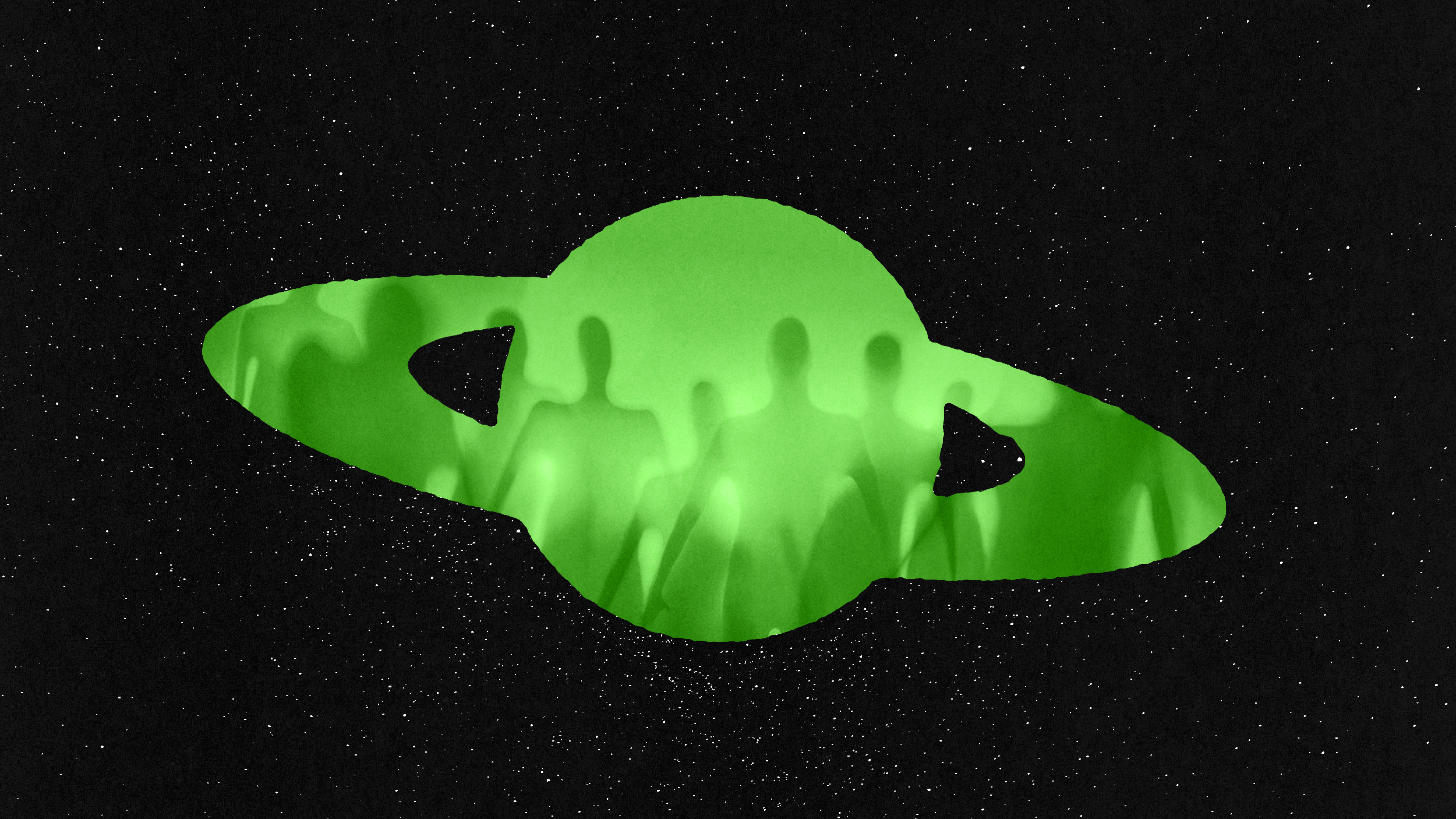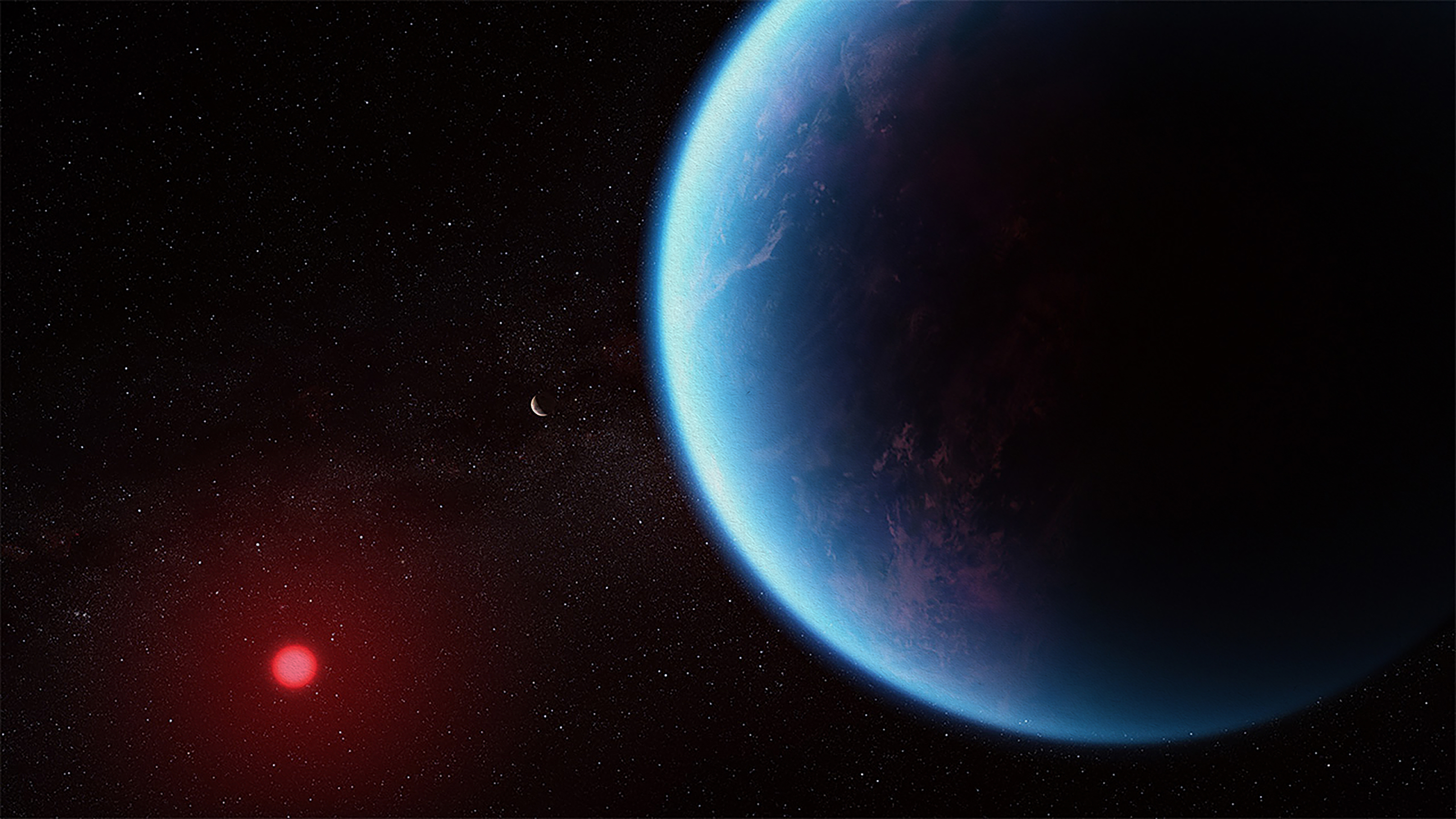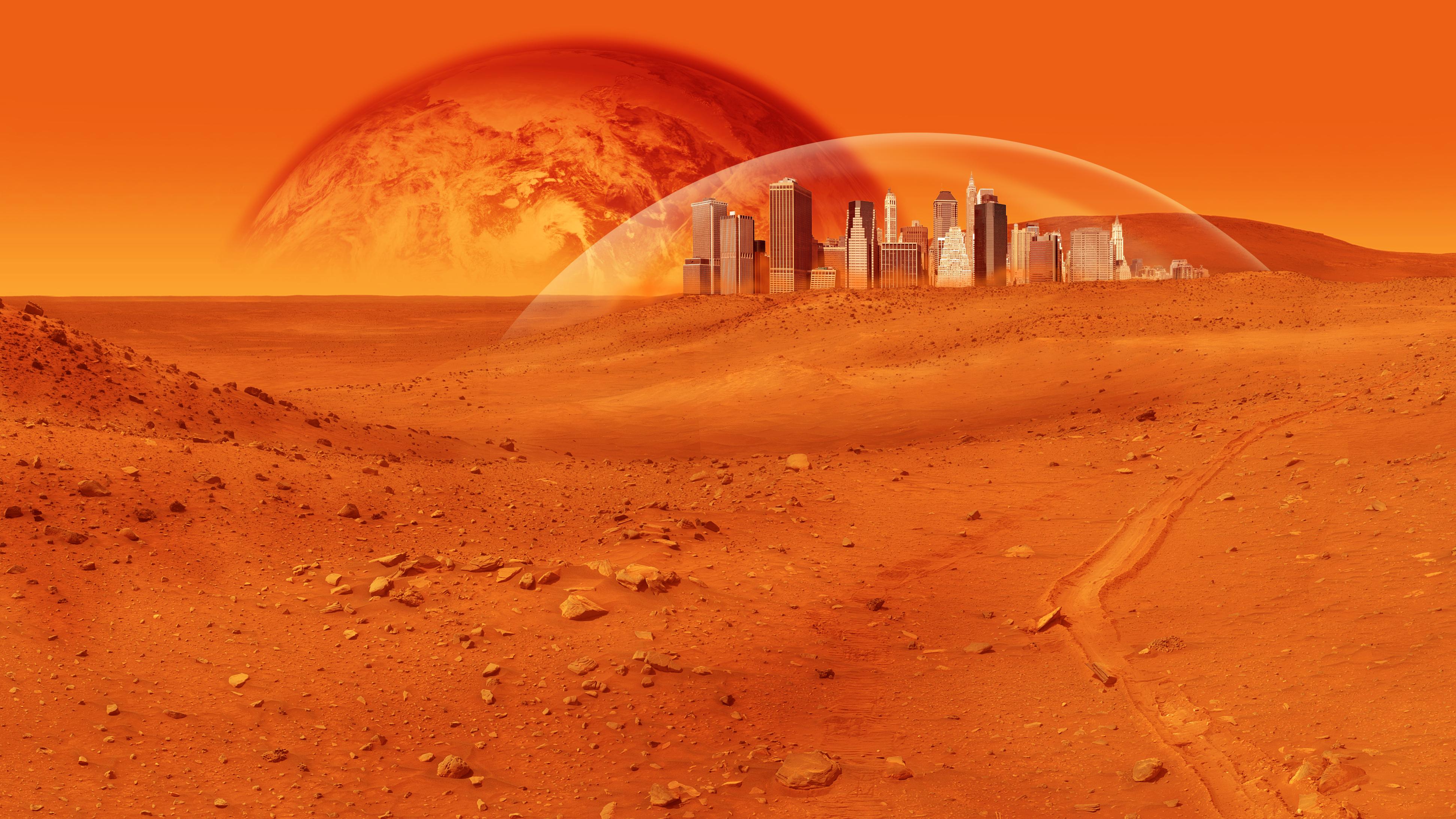Where should NASA go to look for intelligent life on Mars? To get to the truth, journalists say follow the money. Astronomers say follow the water. Dr. Michio Kaku says “if you were a Martian on Mars three billion years ago when Mars was probably a lush environment with liquid water oceans—and you realized that the water was escaping to the icecaps, escaping into outer space or going into the permafrost,” then you would “probably go either into outer space to leave Mars or drill into the permafrost or go into the polar icecaps. So I think that’s what NASA is going to do next.”
Dr. Michio Kaku: Congratulations to NASA! NASA scored a gold medal on Mars, a ten. It was a perfect launch, perfect execution, and the dismount was a perfect ten on the Red Planet. But that's just the first step of many steps to come. Next we want to go to perhaps the polar icecaps or perhaps even drill underground.
If you were a Martian on Mars three billion years ago when Mars was practically a—probably a lush environment with liquid water oceans—and you realized that the water was escaping to the icecaps, escaping into outer space or going into the permafrost, where would you go? Journalists say follow the money. Astronomers say follow the water. And if the water is going to go into outer space, underground or the polar icecaps, you would also probably go either into outer space to leave Mars or drill into the permafrost or go into the polar icecaps. So I think that's what NASA is going to do next. Of course, it's more difficult to land on the polar icecaps because the terrain is quite rocky.
Also, rock retrieval; we need to actually take rocks from Mars and bring them back to earth because we have tantalizing evidence that possibly microbial life existed on Mars. We have Mars rocks right here on the planet earth, and when you slice them open you see little tiny, squiggly things that look like multi-celled organisms. Well, we're not sure. It's a raging debate. Some people say bah-humbug, it's nothing but a crystalline structure that seems to look like a multi-cell organism. The result of the question is we have to have rock retrieval and after that I think perhaps we should put a blimp or a helicopter on Mars. Now the atmosphere of Mars is quite thin, only one percent the atmospheric pressure here on the planet earth, so the wings of the helicopter or the size of a blimp would have to be different to compensate for that.
And then of course we should try for a manned mission to Mars. But let's be real. It's going to be expensive and it will take time. It costs $10,000 to put a pound of anything into near earth orbit. Imagine your body made out of solid gold and that's the cost to put you into orbit around the planet earth. To put you on the moon costs about $100,000 a pound. To put you on Mars costs about a million dollars a pound. So think twice before you think that we're going to go to Mars with astronauts in the next few years. It's going to take decades to prepare for a manned mission to Mars.
Directed / Produced by Jonathan Fowler & Elizabeth Rodd






